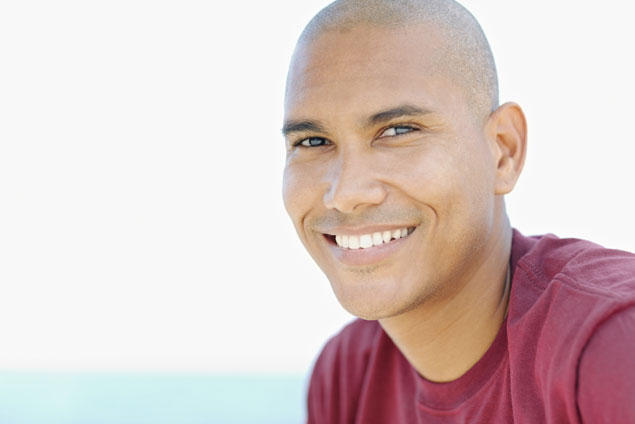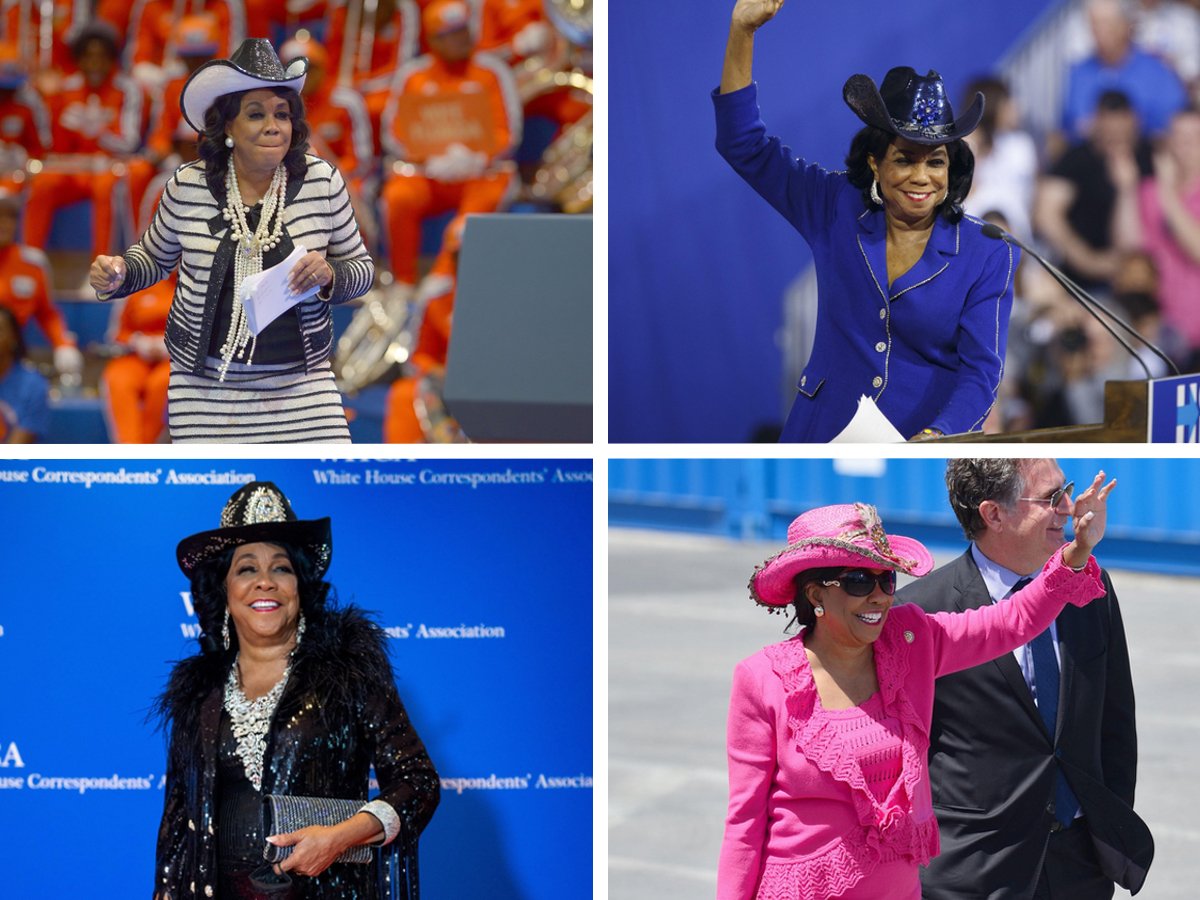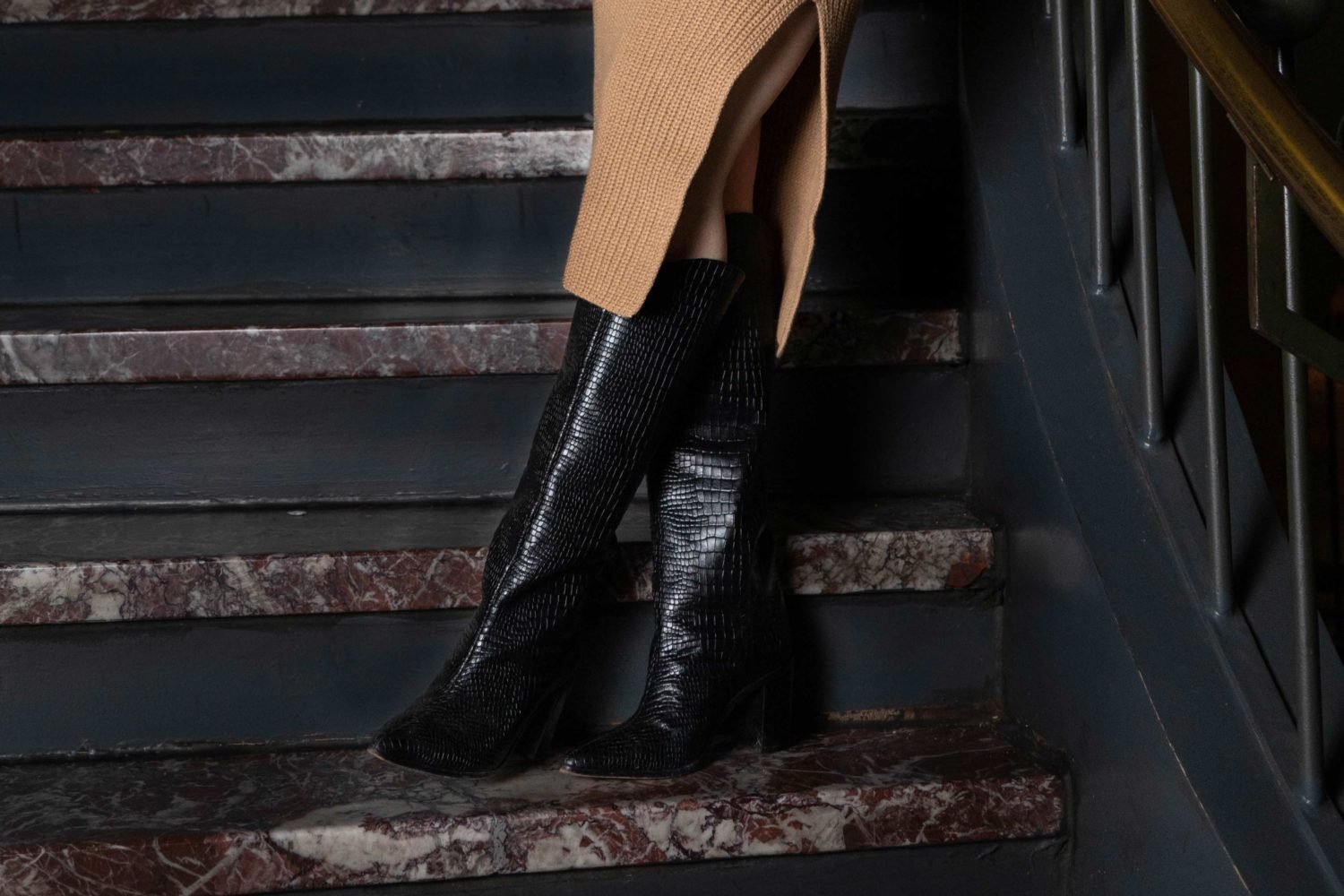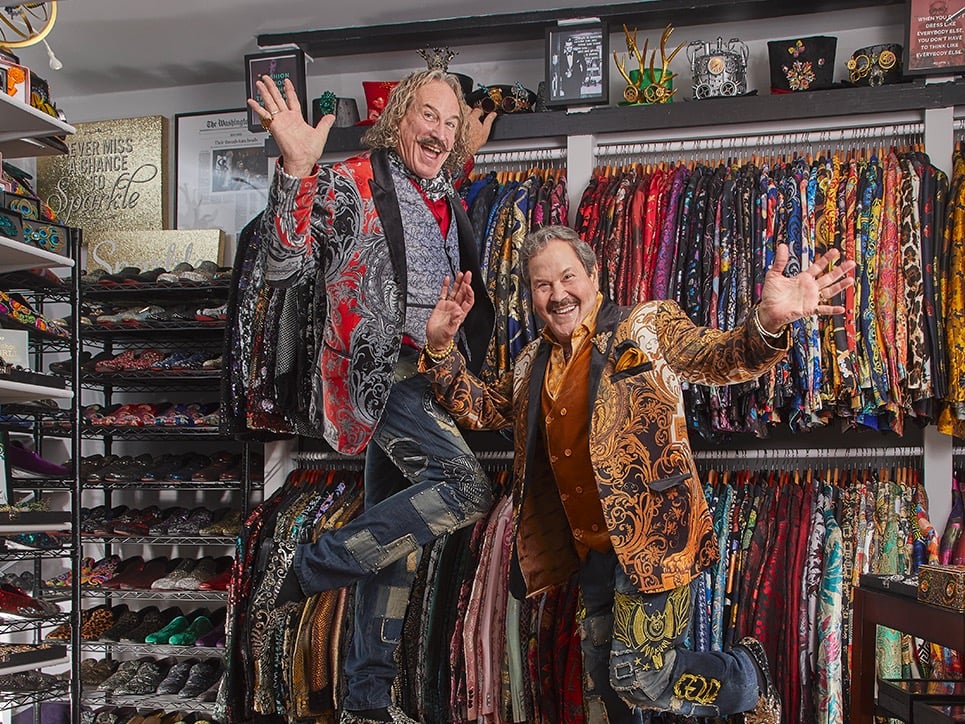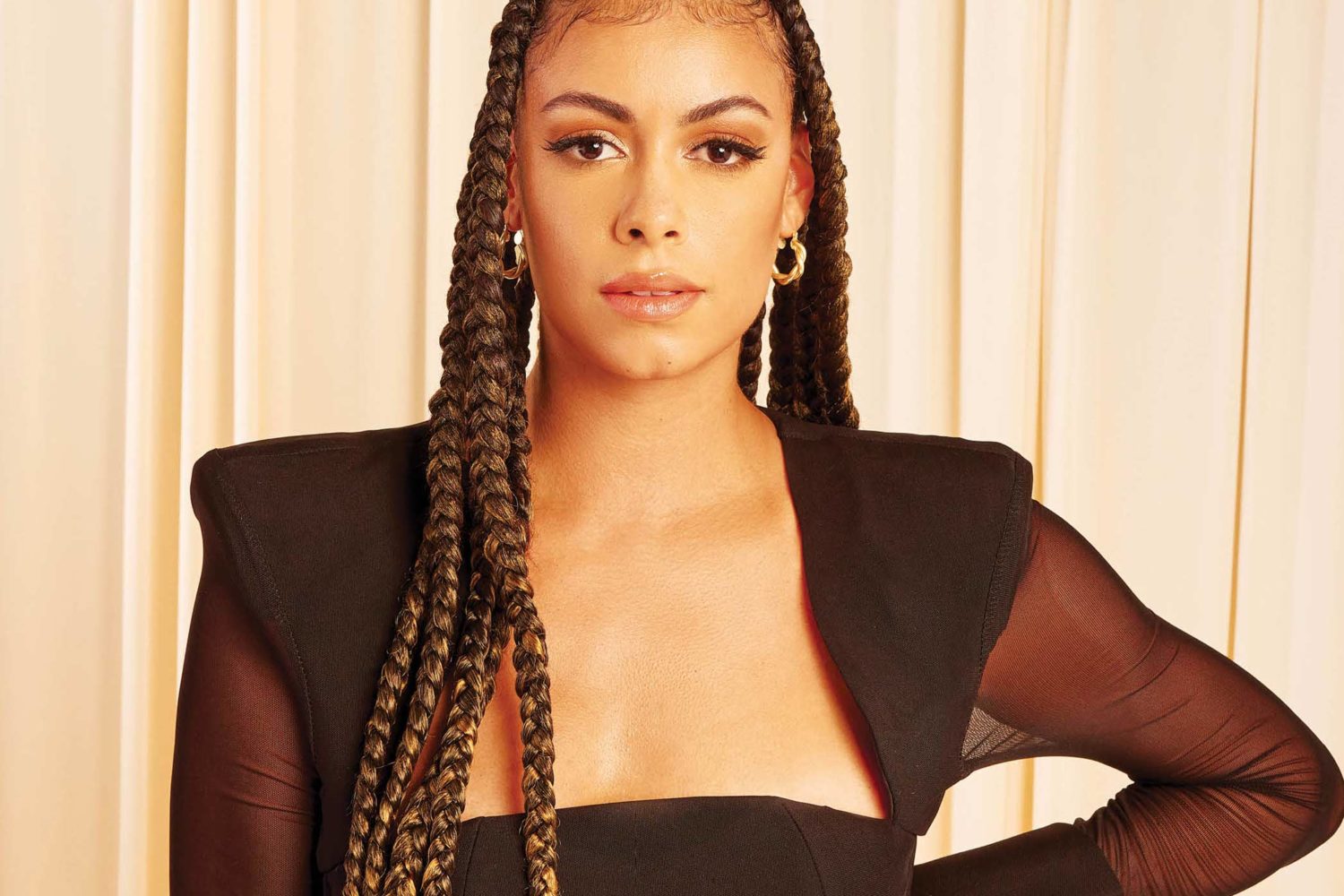Rich Manegio’s head is puffy with foam as he leans over the sink, then draws a razor
over his scalp from his hairline to the back of his neck. “It’s almost like combing
your hair,” he says, demonstrating his shaving routine in his Northwest DC apartment.
When he’s done, he has a smooth, slightly shiny head, accomplishing what he likes
to call “going cue ball.”
Manegio, 48, a director at a software company, first shaved his head ten years ago
when his hair had grown thin: “At first I would cut it short, then I decided to stop
pretending I had hair.” He chopped it down to a buzz and then went “full bore” on
a whim one night while his wife was half asleep. “When she woke up the next morning,
she screamed,” says Manegio, who sports glasses and a graying beard.
A shaved head has become one solution to hair loss for guys disinclined to try Rogaine
or hair plugs. Mike Gilman, cofounder of the Grooming Lounge men’s salon, says “we’ve
definitely seen an uptick” in the number of head shaves requested at the company’s
DC and McLean shops, which stock moisturizer and aftershave specifically for the scalp.
Customers who request the $50 hot-lather head shave, which is 40 minutes of serious
scalp and face pampering, are typically in their late thirties to fifties. That’s
a generation of men who’d rather be bald than have a toupee or, maybe worse, a wispy
comb-over.
There are issues—it can be chilly in the winter, for one. Manegio keeps a slight buzz
cut during the blustery months for “a little buffer of heat.” Then there’s sun exposure:
Sunblock is a must.
Still, says Gilman: “Our barbers tell people, ‘Bald is always better than balding.’
”
Please, though, do not describe a shaved head as “bald” when speaking to Todd Greene,
creator of HeadBlade, a specially designed head shaver.
“The difference between balding and shaving is that balding is passive. It’s something
that happens to you, and nobody ever looks at it as a positive thing,” says Greene,
45, who has been shaving his scalp for 17 years. “The minute you shave your head,
you get confidence because you’re not balding—you shave. For so many guys, it’s life-changing.”
Seinfeld’s George Costanza and comedian Larry David are—passively—going bald, Greene says. Actor
Bruce Willis and tennis great Andre Agassi shave their heads. Think about it: Who’s
cooler? “Head-shaving,” he says, “is the antithesis of balding.”
There’s no denying that the hereditary hair loss that comes with age for many men—50
million, according to the American Academy of Dermatology—is a sensitive issue. (Women
experience hair loss as well, though they aren’t turning to shaving.) Spencer David
Kobren, founder of the American Hair Loss Association, estimates that hair-loss treatment
is a $3.5-billion industry, including the use of FDA-approved medications such as
minoxidil, better known by the brand name Rogaine, and finasteride (Propecia and Proscar).
Says Kobren: “Guys are really suffering out there.” When you lose your hair, he adds,
“you’re losing a part of yourself, a part of your identity, and it’s a huge psychological
blow.” Kobren, 47, has used Proscar for 17 years and still bears a decent crop of
hair. But he tells balding men that if they “can deal with a shaved head, just shave
it off and forget about this misery of trying to retain your hair.”

